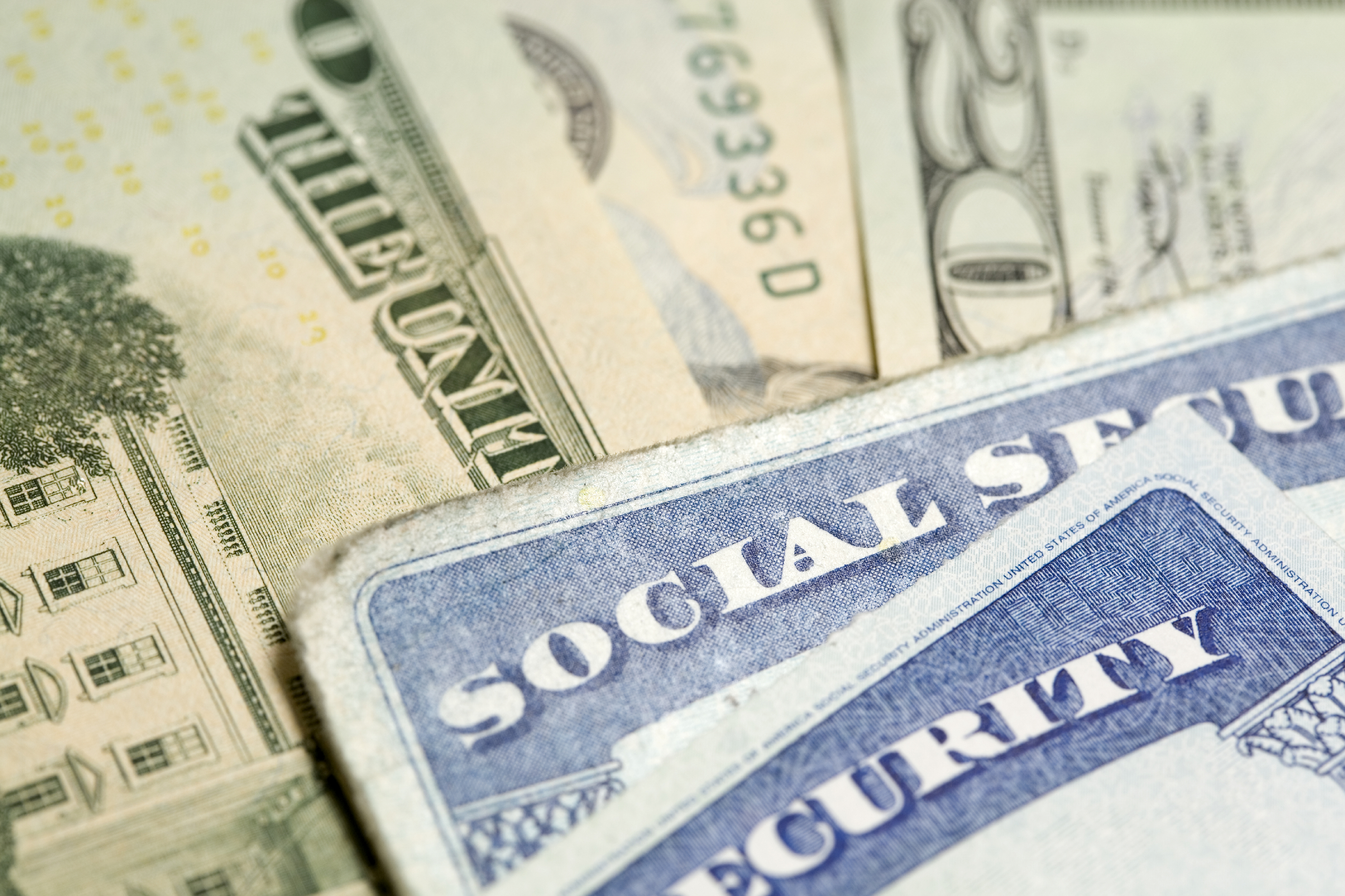AARP Hearing Center
2016 Social Security COLA? Don’t Bet on It
By Eileen Ambrose, July 24, 2015 05:09 PM
En español | Nearly 60 million Social Security recipients will probably not get a cost-of-living increase next year, according to projections in the 2015 Social Security and Medicare trustees reports.

This would be the third time Social Security beneficiaries have gone without a cost-of-living adjustment (COLA) since 1975, when automatic raises were put into place. The COLA this year was 1.7 percent, making the average monthly check for retired workers $1,334 as of May.
Increases in benefits are tied to the third-quarter average inflation rate compared to the same period the previous year. Inflation has been virtually flat in 2015, due to the crash in oil prices, says Michael Kitces, director of research with Pinnacle Advisory Group in Columbia, Md.
While that makes a COLA appear unlikely, it “is a projection and could change,” says Nicole Tiggemann, a spokeswoman with the Social Security Administration. But it would take a dramatic upturn in prices in the next few months to trigger a COLA for 2016.
AARP and other advocacy groups have long argued that the Consumer Price Index (CPI) used to determine the inflation rate and calculate annual Social Security COLAs doesn’t accurately measure the spending patterns of older Americans.
Social Security Calculator: When Should You Claim Your Benefits? »
“Older Americans tend to spend their income differently from the working population that is measured by the current CPI,” says Alison Shelton, senior strategic policy adviser with the AARP Public Policy Institute. For instance, they spend more on health care, a cost that tends to rise faster than the inflation rate, she says.
The net effect of this difference has been about 0.2 percentage points a year, she says. In other words, if the standard inflation rate is 1.5 percent, for older consumers it feels like a 1.7 percent increase. “It tends to add up,” Shelton says.
The lack of a COLA would also have an impact on Medicare beneficiaries. Most of those who have Part B premiums deducted from their Social Security checks would not see an increase in those payments because rules hold them steady when there is no COLA. That’s about 70 percent of Medicare beneficiaries who now pay $104.90 a month in Part B premiums.
The rest of the Medicare beneficiaries — including those with higher incomes, those who didn’t participate in Social Security at their workplace and new beneficiaries — would bear the brunt of any premium increases. The latest Medicare trustees report projects that the base premium for these groups next year would rise to $159.30 a month under this scenario.
Photo: Kameleon007/iStock
Also of Interest
- Social Security outlook improves, but disability needs urgent action
- AARP retirement calculator: Are you saving enough?
- Get help: Find out if you're eligible for public benefits with Benefits QuickLINK
- Join AARP: savings, resources and news for your well-being
See the AARP home page for deals, savings tips, trivia and more.































































